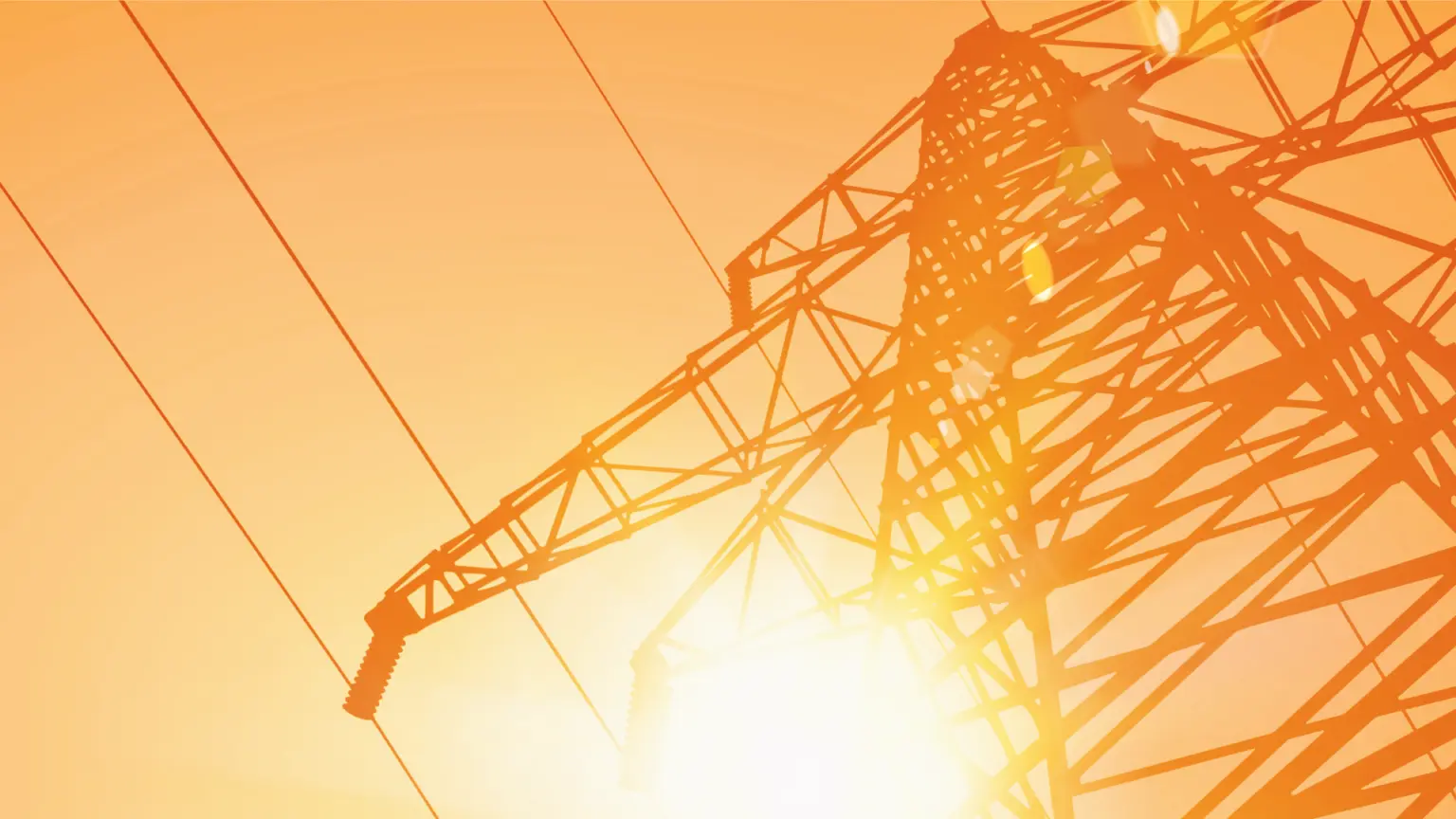The investment fever around artificial intelligence is fuelling ambitious forecasts for the growth of data centre power consumption. In the US, discussion of the need to build dozens of new gigawatts of power is becoming a political and technological priority. But new analysis suggests that these estimates may simply be unrealistic – mainly due to constraints in global semiconductor production.
These conclusions are not only relevant for the US, but also for Europe, which is increasingly boldly investing in infrastructure under generative AI. And they may be particularly valuable in Poland – a country with a tight energy balance, a transforming transmission network and ambitions to build local computing centres.
AI is heating up the energy market
In a wave of enthusiasm for AI, the US Department of Energy estimates that the country will need an additional 100 GW of peak power by 2030 – half of which is expected to be dedicated to powering data centres. This is a huge number, given that 100 GW is the equivalent of all the current installed capacity in Poland.
These predictions have triggered a wave of activity. Grid operators, utilities, local authorities and investors are rushing to design and build infrastructure to secure the energy needs of future AI clusters. Some are already warning that there is a growing number of grid connection requests, the implementation of which could overload systems and lead to delays or the need for expansion.
A cool shower from London
In this context, a report prepared by London Economics International (LEI) on behalf of the Southern Environmental Law Center acts as a bucket of cold water. The main conclusion? US energy forecasts for AI are significantly overstated – because they do not take into account global limitations in the availability of semiconductor chips, without which data centres simply do not work.
LEI analysts contrasted projected increases in energy demand with the reality of AI chip supply. A simple equation emerged: in order to realise the projected 57 GW increase in data centre energy consumption in the US by 2030, the country would need to ‘take over’ more than 90% of the global supply of new chips. And this is an extremely unlikely scenario – today, the US share of global chip demand is less than 50%, and other regions – China, the EU, India – are also planning dynamic growth in this area.
The trap of false assumptions
The main problem the report points to is the lack of ‘common sense adjustment’ in the forecasts. The analyses lack real consideration of manufacturing and logistical constraints – from chip factories to cooling, space, skilled staff and network capacity. The result? Investors and regulators may be making decisions based on data that is not grounded in technological realities.
There is huge money at stake. The construction of new transmission lines, power plants or connection infrastructure are investments that take decades to settle. If it turns out that data centres are not built or do not operate at the assumed load – the costs will be passed on to energy consumers and taxpayers.
And this is already happening. An example? In some areas of the US, network operators report 5-10 times more connection requests than the actual number of projects underway. Such discrepancies can lead to overinvestment and infrastructural deadlocks.
Polish lesson: let’s not copy the enthusiasm
What does this mean for Europe and Poland? Although the pace of AI infrastructure development on the Old Continent is slower than in the US, there is no shortage of announcements to build data centres supporting language models, industrial analytics or sovereign cloud. Hyperscalers are already operating in Poland, the number of server farms is growing and the development of the domestic AI market is to be supported by funds from KPO and strategic programmes.
But the Polish energy system does not have the same flexibility as the US. There is a shortage of redundant power, and the energy transition requires billions of dollars of investment in grids and renewables. Any decision to build an ‘energy-intensive’ data centre must be based on rationale, not just trend. Otherwise, Poland may repeat the mistakes of the US – but with much greater systemic risk.
It is also worth looking at this from the perspective of the IT channel. Technology providers, integrators, resellers and cloud operators should learn to distinguish between real customer needs and enthusiastic declarations about the ‘need for AI on an industrial scale’. For it may turn out that some of the plans are more of a PR strategy than an actual investment path.
Common sense as an advantage
The idea is not to slow down the development of artificial intelligence – but not to build an infrastructure for it that will have no audience. The London Economics report is a reminder that technology does not develop in a vacuum – and the most advanced AI models need not only power, but physical chips that have limited production.
For policymakers and investors, this is the moment to consider whether the numbers they see in reports are realistic. And for technology companies, it’s a time to make cool data analysis a competitive advantage over the fad of quick declarations.












